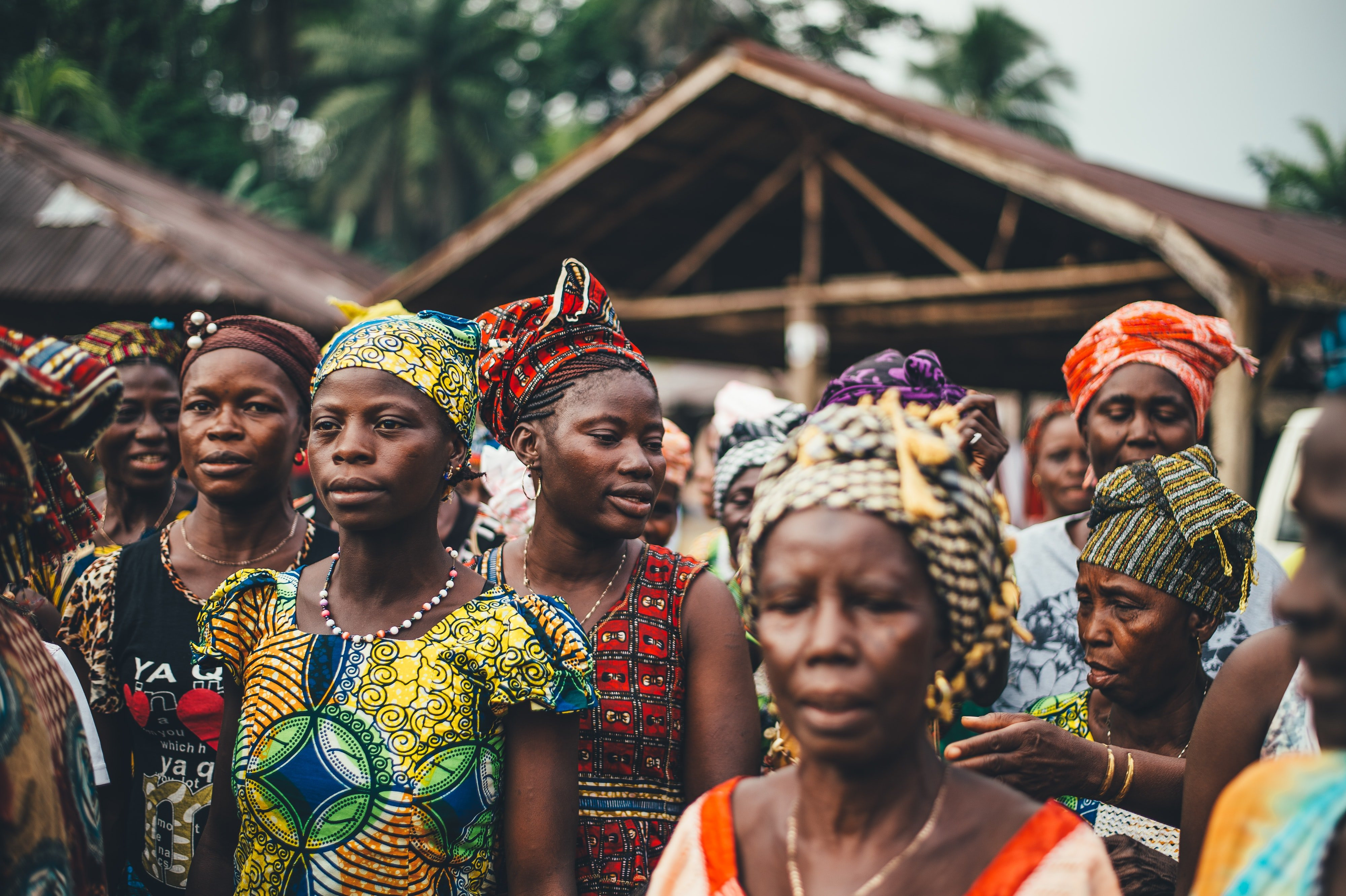Digitizing Sexual and Reproductive Health and Rights

It was June 2020, just a few months into the COVID-19 crisis, when it seemed that the report popped up on every possible platform. On WhatsApp it sparked hundreds of conversations; on the news, it was discussed by reporters on every channel; and on Twitter, well, it was ablaze. The headlines all read something like this: “Close to 4,000 schoolgirls impregnated in Kenya during Covid-19 lockdown” [Source].
How infuriating and devastating to think that so many teenage girls in the country could have ended up with unintended pregnancies. It turned out that those reports had not been verified before being released, and unintended pregnancies hadn’t really increased from the previous year. Maybe people were not aware of the reality: the number of teenage pregnancies in Kenya is high.
That initial outrage led to a bigger conversation about the ramifications of government-imposed lockdown measures on women and girls and their sexual and reproductive health. School closures, curfews and restricted movement to prevent the spread of COVID-19 mostly translated to one thing: Stay at home. That meant that many girls were at a higher risk of abuse, while others had more time to themselves so became sexually involved with men in their communities.
At the same time, because routine health care services were initially sidelined because of the pandemic, women and girls had minimal access to sexual health products and services such as HIV prophylaxis and contraception. This situation was unfortunately not unique to Kenya. In April 2020, the United Nations Population Fund (UNFPA) predicted that more than 47 million women could lose access to contraception, leading to 7 million unintended pregnancies due to the impact of the COVID-19 pandemic.
Almost a year later, in March 2021, UNFPA reported that evidence showed smaller and shorter disruptions than had been predicted. The pandemic disrupted contraceptive use for about 12 million women with a consequence of nearly 1.4 million unintended pregnancies during 2020 across 115 low- and middle-income countries.
The pandemic has acted as a catalyst to modify the way sexual and reproductive health and rights (SRHR) is handled globally. Digital health interventions, for example, could allow more people access to SRHR information, including among underserved populations.
In Nigeria and Uganda, Population Services International’s Delivering Innovation in Self-Care (DISC) program is supporting young women and urban mothers as they become active decision-makers when it comes to their sexual and reproductive health. Recently, DISC launched a digital health companion on the popular chatting platform WhatsApp. Tina, the platform’s avatar, provides its consumers with information on contraception, including self-injectable contraceptives, and directs them to nearby health facilities. Earlier in the pandemic, the DISC team also launched multimedia campaigns to help women access self-care options, even in the face of lockdowns.
Meanwhile, the International Partnership for Microbicides is reaching adolescent girls and young women in sub-Saharan Africa through Inside My Purse, a blog and Facebook page that shares interesting and informative content about SRHR, including HIV/AIDS and gender-based violence, and encourages young women to make their voices heard.
Digitized SRHR interventions can go a long way in reaching young people that otherwise might not receive the information they need to make potentially life-altering decisions. Like that report that shocked the Kenyan airwaves and tumbled into a crisis call, it is time to have conversations about women’s sexual and reproductive health and rights so that these are priorities at all times.